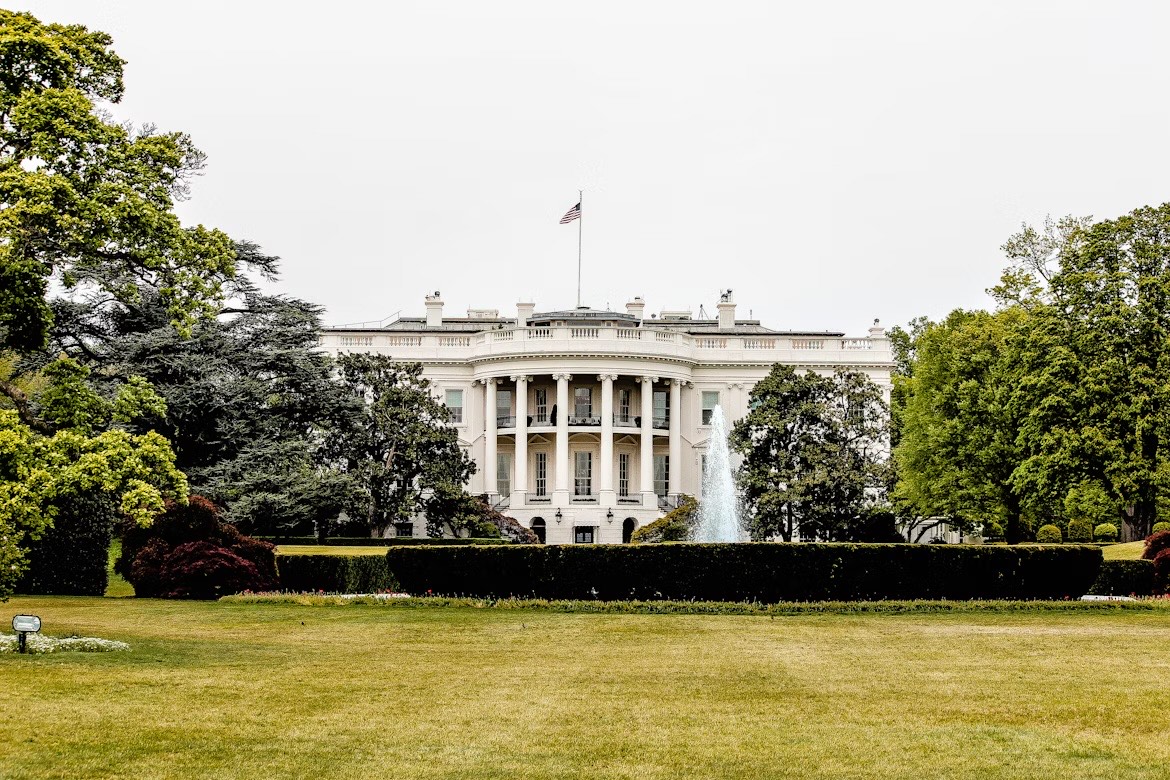Ørsted, a leading developer of offshore wind projects in New Jersey and elsewhere, faces new fiscal challenges for projects off the Eastern Seaboard, which could possibly delay New Jersey’s initial undertaking off Atlantic City until 2026.
In a statement issued by the Danish energy giant, the company blamed supply-chain constraints, high interest costs and lack of progress in obtaining more help from the U.S. government. Those issues could reduce the value of the projects by 16 billion Danish crowns, or more than $2.3 billion, according to the company.
The disclosure is the latest bit of gloomy news about the emerging energy sector, which is viewed by New Jersey and other states, as well as the Biden administration, as a linchpin to fighting climate change and shifting to clean energy.
On Aug. 29, a Monmouth University poll showed declining public support for building offshore wind farms along the New Jersey coast. Yesterday, Ørsted’s shares fell by more than 20 percent after its announcement on the conference call.
Offshore difficulties
Overall, it has been a difficult time for the sector this year. The COVID-19 pandemic saddled the industry with supply-chain problems and higher borrowing costs, leading Ørsted and other offshore developers to press states with varying success to increase the price of contracts awarded in a more favorable economic climate.
What’s more, a rash of whales and other marine mammals washing up dead on beaches in the metropolitan area sparked calls for a moratorium on future offshore development. Opponents cited the highly focused pulses of sound that offshore wind developers use to map the ocean floor as a factor — an argument dismissed by most scientists.
Despite those concerns, an Ørsted executive said the U.S. offshore wind market remains attractive in the long term. “We will continue to work with our stakeholders to explore all options to improve our near-term projects, including continued dialogue about ITC (Investment Tax Credit) qualification, OREC adjustment and other business-case adjustments,’’ said David Hardy, executive vice president and CEO of Region Americas at Ørsted.
The ITC is a provision that awards up to a 30 percent tax credit under the Inflation Reduction Act, a law passed by Congress a year ago. OREC (Offshore Renewable Energy Credit) refers to a subsidy paid by electric customers in New Jersey to help develop offshore wind projects
Keeping lines of communication open
In its statement, Ørsted said it intends to continue discussions with federal stakeholders to qualify for additional tax credits beyond 30 percent. Earlier this summer, the company won approval to steer up to $1 billion from the IRA to Ocean Wind 1, the state’s first offshore wind project, from the Legislature and Gov. Phil Murphy.
The challenges and potential impairments are tied to five Ørsted projects: Ocean Wind 1; Sunrise Wind, Revolution Wind and South Fork Wind (all off Long Island); and Block Island (off Rhode Island). For Ocean Wind, Sunrise Wind and Revolution Wind, the company will “work toward’’ a final investment decision by the end of 2023 or early 2024. Ørsted has eight projects in all off the Eastern Seaboard.
Questioning Ørsted’s commitment
“It means they are still not 100 percent committed to the development,’’ said Michael Makarski, a spokesman for Affordable Energy for New Jersey, a coalition of business and labor organizations opposed to the state’s energy policies.
Ocean Wind initially was scheduled to come online in 2024, but earlier this year the project was delayed to sometime in 2025, and again was pushed back to 2026 after the latest announcement.
“It is once again proof we should have done economic due diligence for fast-tracking a billion dollar bailout for a foreign corporation that had profits of $4 billion last year,’’ said Makarski.
“They want more money,’’ said Paul Patterson, an energy analyst for Glenrock Associates in New York City, referring to offshore wind developers. “It is what we have seen all along and highlights the challenges the offshore industry is facing.’’
Waning support and financial challenges “should send a chill up and down the East Coast,” said Jeff Tittel, longtime environmentalist and supporter of offshore wind. “The biggest issue among the public is the cost,’’ said Tittel.
Also on Tuesday, the federal government held its first auction of leases for wind farms in the Gulf of Mexico, selling only one of three tracts that were up for sale.
Offshore wind advocates minimized the significance of Ørsted’s announcement. “It is something all companies go through before making a final investment decision,’’ said Kris Ohleth, executive director of the Special Initiative for Offshore Wind, a group supporting renewable technology.
Still, Ohlet acknowledged it would be very difficult for New Jersey to achieve its offshore wind goals if the Ocean Wind 1 project does not move forward. Murphy has set a goal of achieving 11 gigawatts of offshore wind by 2040.
Others were not so optimistic. “The biggest issue among the public is the cost,’’ said Jeff Tittel.
Credit: New Jersey Monitor








